What is a Weed Barrier? Can I Install it Myself?
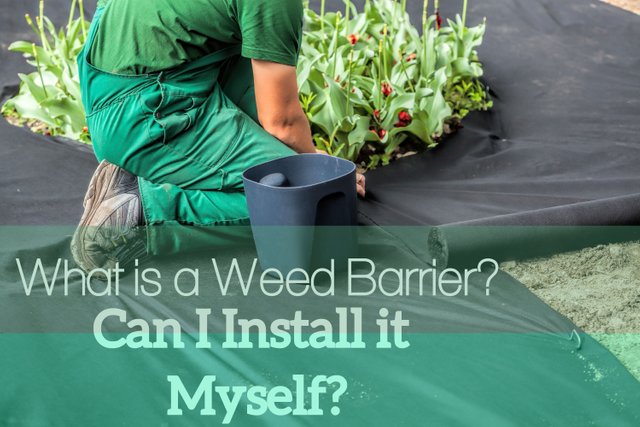
The process of preparing your flowerbeds or areas around newly planted shrubs and trees is very involved and includes several steps. It takes precision and is time consuming if you do it yourself. A professional landscaper who is familiar with the exact process so that it does what it is manufactured to do correctly most often performs this task.
Weed barrier fabric conserves soil moisture in its fibers so that it takes less irrigation for your landscape plants to grow and flourish. This is particularly important in areas that receive little rainfall and require irrigation.
Till the Ground
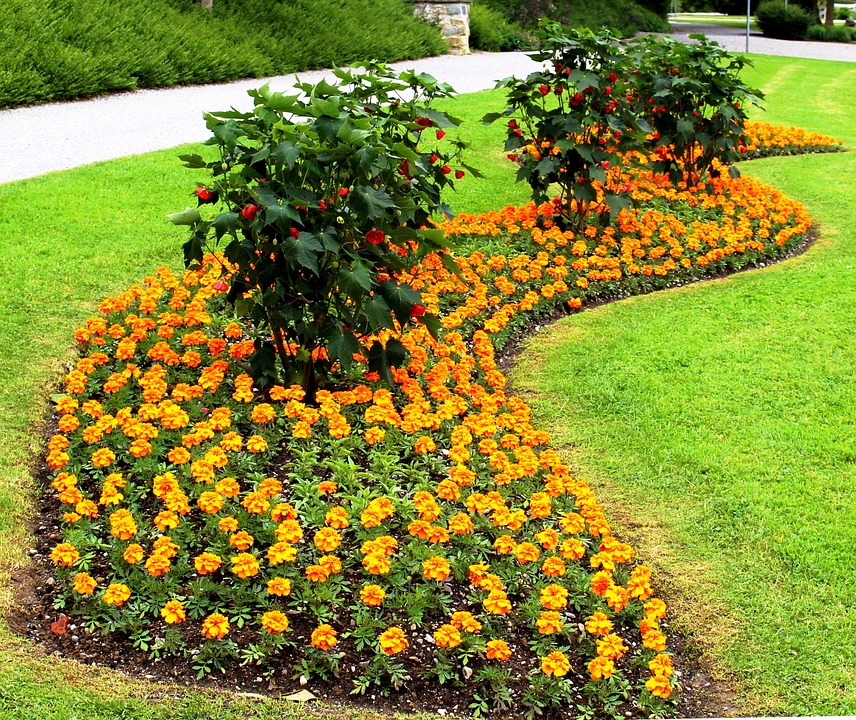
It is the best practice to decide on the shape and size of your flowerbed or garden. It should be in an area that gets the appropriate amount of sun each day for the types of plants that will be planted there. Tilling up the ground is the first step towards being weed free. After the ground is turned, you need to remove all weeds, grass and roots of any type with a rake. This will kill the existing vegetation and loosen the soil as well so your new plants, trees or seedlings will have oxygenated soil that they need to grow. Level the soil and water it thoroughly.
Lay the Weed Barrier
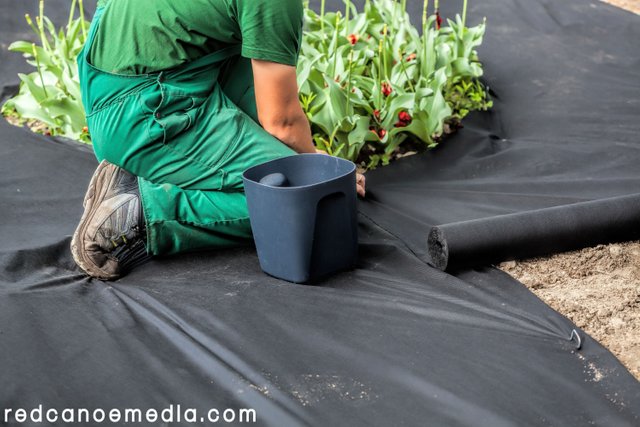
Weed barrier fabric is usually in sheets or on a roll for larger amounts. Spread the fabric over the ground that is tilled up. You will need to cut the fabric to the exact shape of your planting area and fasten the fabric into the ground with pins that are about 10 inches long.
Planting the Plants
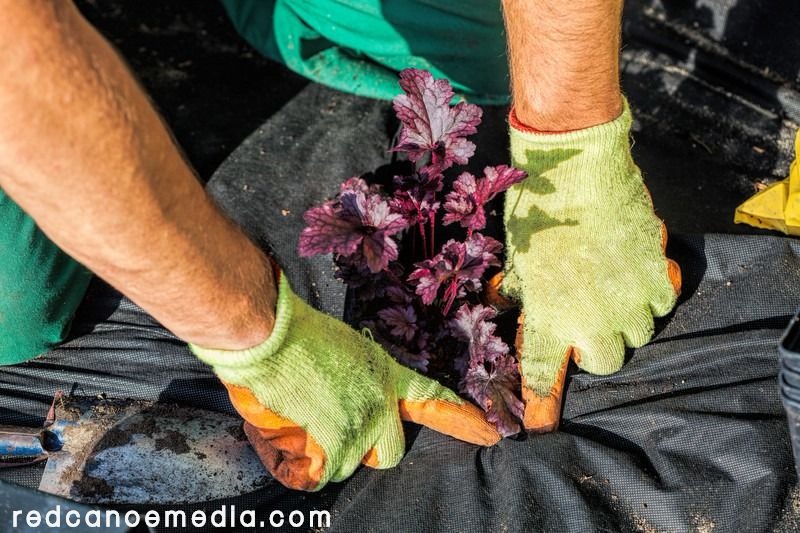
Place your plants in their pots on top of the weed barrier and adjust them until you get the appearance that you want. Most bedding plants have the taller plants at the rear and the smaller plants in the front based on their height when they stop growing. You can use a variety of plants, colors and patterns, just as long as they all have the same sun and water requirements to grow. Some plants don’t tolerate “wet feet” which means that if the roots have too much moisture, they will rot or get infected with disease or pests.
After you have your design, lift each pot up and cut an “X” shape in the fabric about the same size as the pot. Squeeze the pot gently and pull the plant out. Loosen the soil around the roots with your hands. Remove soil from the “X” with a hand shovel and place the plant in the planting hole at the same height it was in the pot. Place extra soil around the plant and firmly press it down. Plant each of your plants, flowers, trees or shrubs in the same manner.
Beautify the Bed
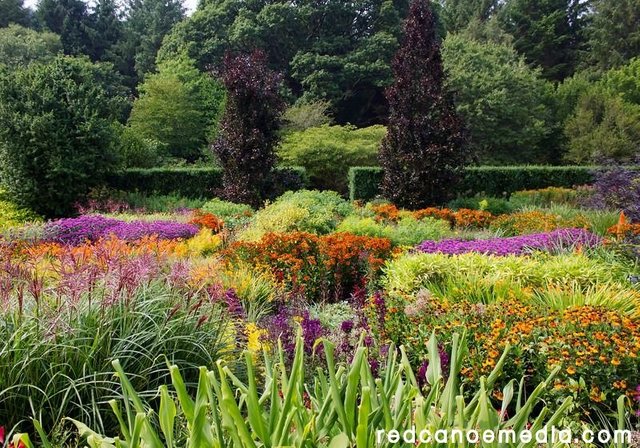
Now that all of your little beauties are in the ground, you can cover the weed barrier, which isn’t very attractive. You can choose from a large variety of colored mulch, wood chips or rocks and stones of any type. These will accent your flowering plants and also hold the weed barrier in place so in the event of a heavy rain it doesn’t wash away and take your flowers with it.
Since all of the steps to install a weed barrier have to be done with precision, it is best to leave it to a professional landscaper, such as Peterson Landscape. Their knowledgeable employees know which types of plants work best and look the best in your area so they will thrive all season long.!